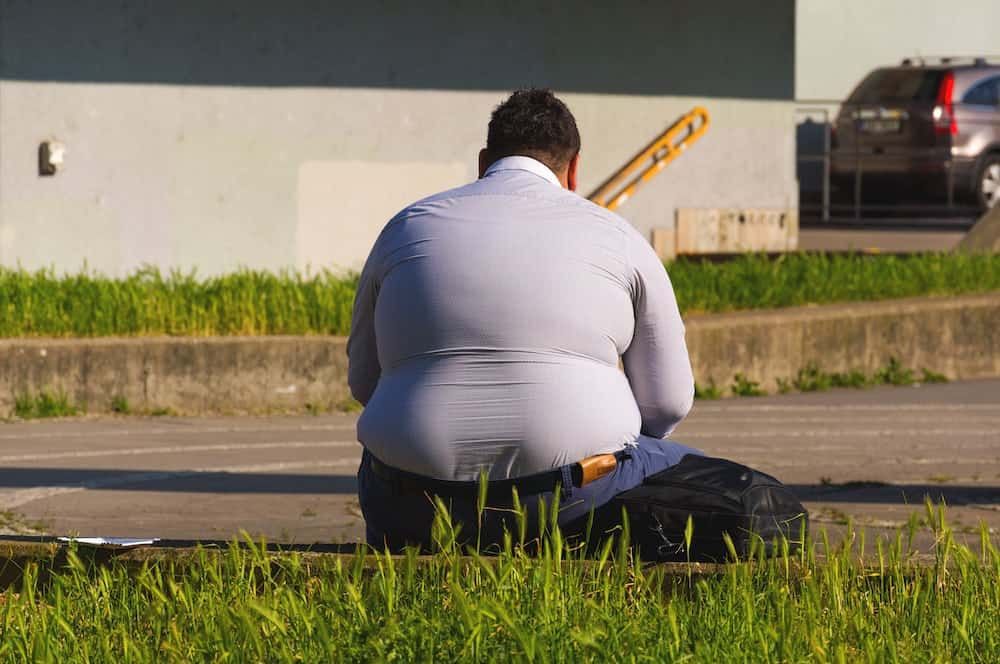
Brits are among the world’s biggest couch potatoes with more than one in three not getting enough exercise, according to new research.
And a fifth – more than 1.4 billion – of adults globally are not managing recommended levels – increasing their risk of cardiovascular disease, type 2 diabetes, dementia and cancer.
In the UK 36 per cent of the over 18s are insufficiently active – with women the worst offenders.
Four in ten spend too much time sitting at work or at home, compared to about one in three (32%) men.
And there has been no improvement in global levels of physical activity since 2001, scientists warn.
The lack of exercise is more than twice as high in well off countries like the UK – rising by five per cent in just 15 years.
The groundbreaking World Health Organisation (WHO) study is the first to estimate global physical activity trends over time.
Dr Regina Guthold, based at WHO’s Geneva headquarters, said: “Unlike other major global health risks, levels of insufficient physical activity are not falling worldwide, on average, and over a quarter of all adults are not reaching the recommended levels of physical activity for good health.”
Her team said there has been little progress in improving physical activity levels between 2001 and 2016.
Co author Dr Fiona Bull said: “Addressing these inequalities in physical activity levels between men and women will be critical to achieving global activity targets and will require interventions to promote and improve women’s access to opportunities that are safe, affordable and culturally acceptable.”
If current trends continue, the 2025 global activity target of a 10 per cent relative reduction in insufficient physical activity will not be met.
In 2016, around one in three women (32%) and one in four men (23%) worldwide were not reaching the recommended levels of physical activity to stay healthy.
These are at least 150 minutes of moderate or 75 minutes of vigorous exercise a week – such as walking, or jogging, respectively.
The study published in The Lancet Global Health included 1.9 million participants across 168 countries.
They self reported activity levels at work and at home – as well as during transport and leisure – in 358 population based surveys.
It found 16 per cent of those in low-income countries were insufficiently active compared to 37 percent in high-income ones.
In 55 (33%) of the nations, more than a third of adults were not getting enough exercise.
The worst offenders were Kuwait (67%), American Samoa (53%), Saudi Arabia (53%), and Iraq (52%).
The best performers were Uganda and Mozambique (6% each).
Among regions with the highest increase in insufficient activity over time were high-income Western countries – from 31 percent in 2001 to 37 percent in 2016.
The transition towards more sedentary occupations, recreation and motorised transport could explain the trend.
This is inevitable as countries prosper, and use of technology increases.
But governments must provide infrastructure that promotes increased walking and cycling for transport and active sports and leisure, said the researchers.
Dr Guthold said: “Regions with increasing levels of insufficient physical activity are a major concern for public health and the prevention and control of noncommunicable diseases (NCDs).”
Added Dr Bull: “Although a recent NCD policy survey showed almost three quarters of countries report having a policy or action plan to tackle physical inactivity, few have been implemented to have national impact.
“Countries will need to improve policy implementation to increase physical activity opportunities and encourage more people to be physically active.
“Governments have recognised the need for action by endorsing the WHO Global Action Plan on Physical Activity (2018-2030).”
The action plan, titled More active people for a healthier world, was launched in June. It recommends a set of 20 policy areas, which, combined, aim to create more active societies.
This includes improving the spaces and places for physical activity as well as increasing programs and opportunities for people of all ages and abilities to do more walking, cycling, sport, active recreation, dance and play.
The plan is a road map for the actions needed by all countries to reduce insufficient physical activity in adults and adolescents.
The study’s release comes ahead of the Third United Nations General Assembly High-level Meeting on NCDs and their risk factors, including physical inactivity, being held on 27 September 2018 in New York.